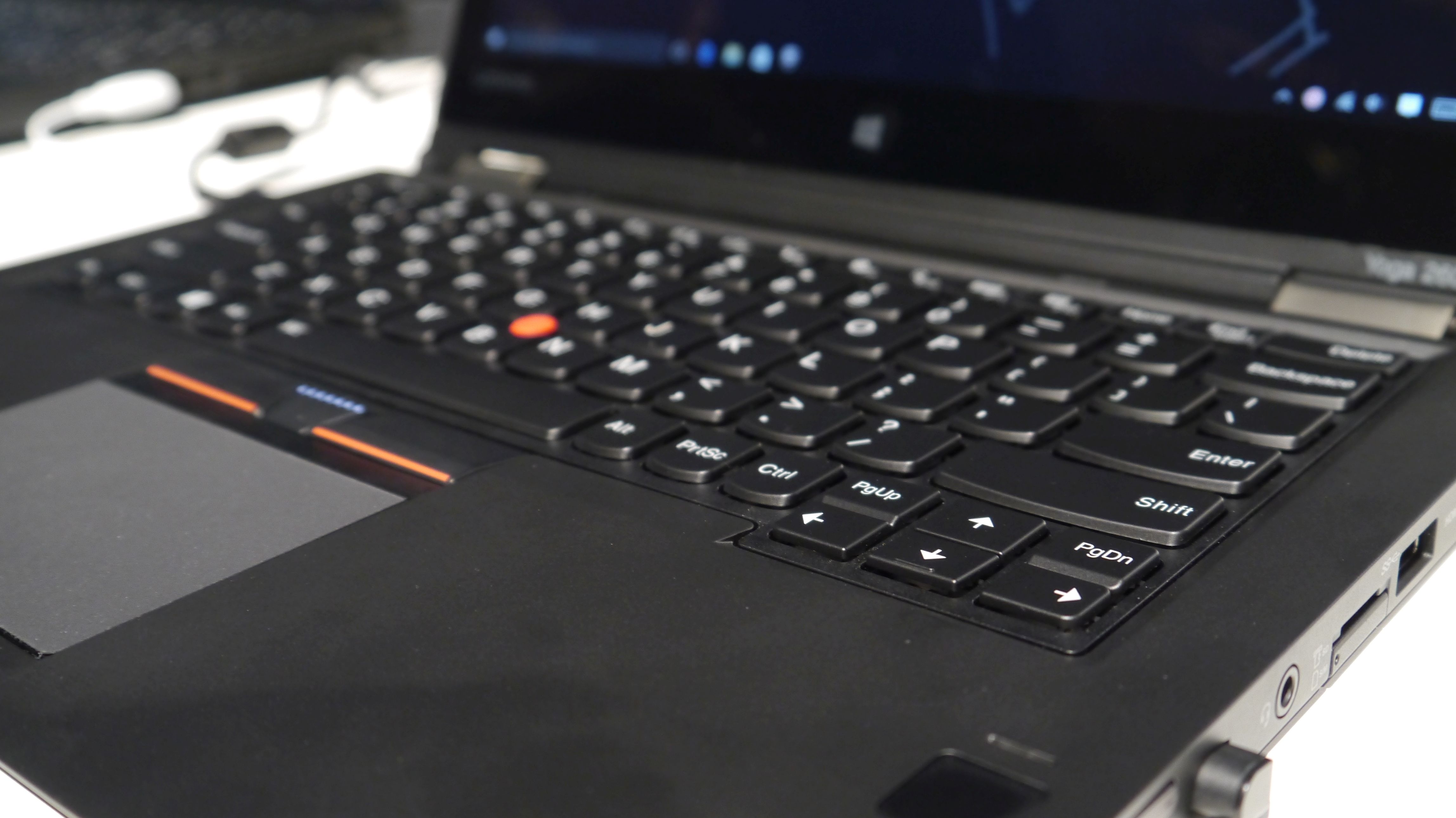Lenovo wants 'majority of businesses' worldwide to run Yoga PCs by 2020
Bold statements at IFA

Dilip Bhatia, Lenovo's VP & GM of its commercial desktop and monitor business unit, dropped a pair of the company's latest business products earlier today in Berlin at the company's IFA event.
There was a big thump as the crowd scrambled to find out what happened; he did it on purpose to show how sturdy and tough these new products - the ThinkPad Yoga 260 and the ThinkCentre Tiny – are in real life; even more outrageous was when he stood on the former without any apparent damage.
The ThinkPad Yoga 260 is the company's latest convertible notebook, one that is aimed at businesses eager to embrace a versatile product. Outwardly, it looks like a cross between a classic ThinkPad and the Yoga 2 Pro; a laptop Lenovo claims is the world's lightest 12.5-inch business convertible laptop.
There are some clear cues like the supersized touchpad, the unique shape of the keyboard keys and the "nipple" button.
There are two defining features: 4.5G/LTE-A Wireless WAN connectivity that can transfer data three times faster than LTE and the ThinkPad Pen Pro, Lenovo's stylus, that is charged when it is docked.
As expected, the Yoga 260 runs on Intel's latest sixth generation processors and a souped-up version, the Yoga 460, comes with a WQHD display, a notch below 4K.
Tiny but powerful
As for the other star of the show for Lenovo Business, the ThinkCentre M900/Mini, is the fastest desktop per cubic inch in its class and 96% smaller (and 200,000 times faster) than the original IBM PC compatible. Powered by Intel's latest, its performance is also significantly boosted by using PCIe storage rather than SATA.
Sign up to the TechRadar Pro newsletter to get all the top news, opinion, features and guidance your business needs to succeed!
These two together, with a slew of other business products, will spearhead Lenovo's plan for global domination. Dilip ended his intervention by boldly claiming that Lenovo Yoga PCs will be in most businesses globally by 2020. That's in just over four years.

Désiré has been musing and writing about technology during a career spanning four decades. He dabbled in website builders and web hosting when DHTML and frames were in vogue and started narrating about the impact of technology on society just before the start of the Y2K hysteria at the turn of the last millennium.